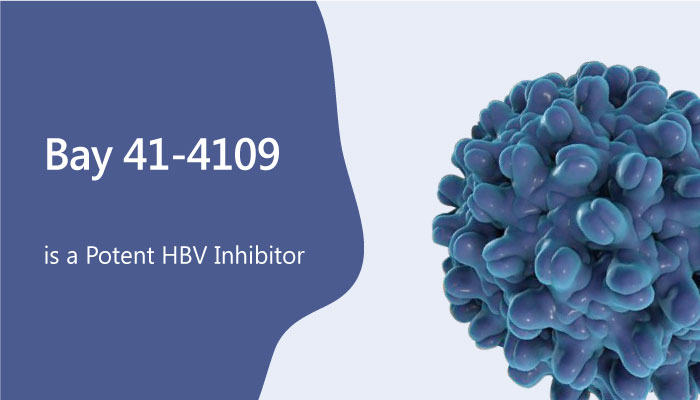The hepatitis B virus is a DNA virus. It belongs to a Hepadnaviridae family of viruses. The virus primarily exists in the liver, but is also present in the blood and certain body fluids. Hepatitis B virus consists of a core particle and a surrounding envelope. Additionally, the core is made up of DNA and the core antigen. The envelope also contains the surface antigen. These antigens are present in the blood and are markers in the diagnosis and evaluation of patients with suspected viral hepatitis. Current treatment uses nucleoside analogs that target the virus polymerase. While these analogs are potent, drugs are still in development to better block the virus replication cycle and chronic liver disease.

Bay 41-4109 is a highly selective and potent inhibitor of hepatitis B virus replication. Furthermore, this compound inhibits HBV DNA release and the cytoplasmic HBcAg level in HepG2.2.15 cells. Its treatment disassembled the core capsids and separated them into monomers or dimers. Besides, it caused a dose-dependent reduction of viral replication in liver and blood plasma. Bay 41-4109 reduced core protein expression in the liver at the end of the treatment. Stray et al finds that it has multiple effects on Hepatitis B virus capsid assembly. It inhibits virus production in vivo by a mechanism that targets the viral capsid. This compound was able to both accelerate and misdirect capsid assembly in vitro. Brezillon et al also found that it displayed antiviral properties against HBV in humanized Alb-uPA/SCID mice. The administration of Bay 41-4109 may constitute a new strategy for the treatment of patients in escape from standard antiviral therapy.